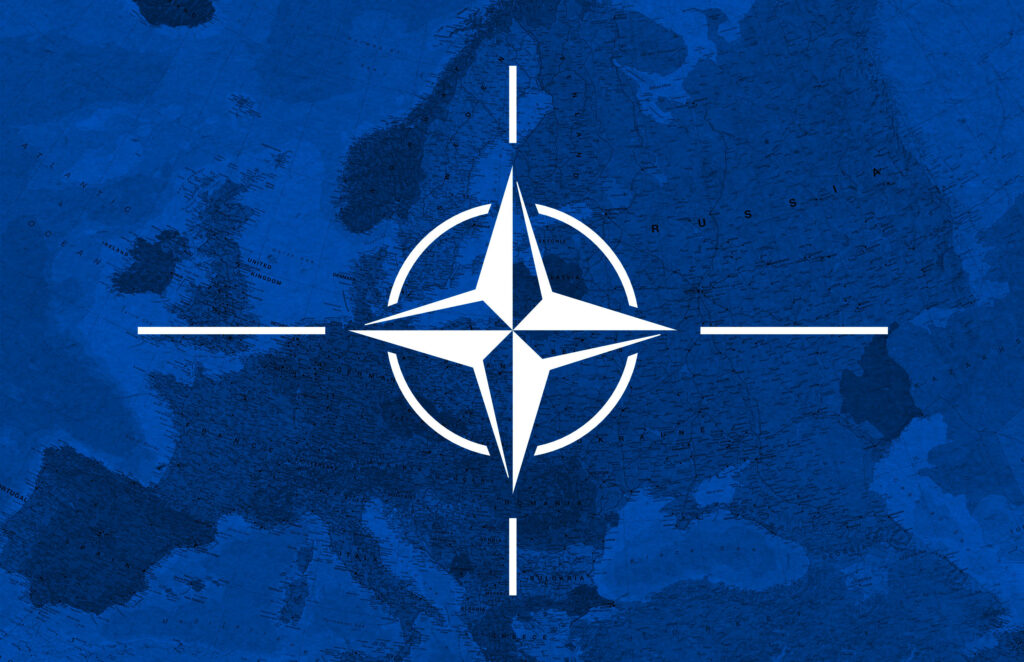Estonia in 2024 is like in 1935

Introduction
As geopolitical tensions mount and global stability becomes increasingly fragile, Estonia finds itself at a critical juncture. The potential consequences of a Trump administration’s foreign policy, particularly its stance on Ukraine, could significantly heighten the risk of a Russian invasion of Estonia within the next five years.
This article explores the dire threats Estonia faces, drawing parallels to 1935, couple of years before its Soviet invasion, and emphasizes the urgent need for NATO to bolster its defenses in the region.
Despite the grim outlook, there are reasons for cautious optimism as NATO leaders grow more aware of the Russian threat and Europe takes steps to fortify its military capabilities. With the right measures, Estonia can hope to deter aggression and secure its sovereignty in these perilous times.
Threats and Potential Consequences
Before the assassination attempt, Trump was already leading in the polls, and now his odds of winning seem even stronger. Trump’s stance against Ukraine and his choice of a vice president who advocates for Ukraine to cede more territory significantly increase the likelihood of a Russian invasion of Estonia within the next three years. This risk grows as Putin rebuilds his military capabilities.
Estonia’s situation is reminiscent of 1935. Without a substantial NATO buildup in Estonia within the next three years—specifically, at least 50,000 additional troops and 1,000 tanks—the country could become a prime target for Putin if Trump allows Russia to solidify its gains in Ukraine.
The global situation is far more unstable than many people realize. NATO understands the risks, but a widespread sense of denial and complacency among European citizens hinders the political will to implement necessary protection measures today that could save lives in the future. Most people are unaware of how unprepared our armies are, due to a lack of war infrastructure (trenches, bunkers, and landmines) and a critically low number of personnel, tanks, and artillery shells, sufficient to fight for only about three weeks. The Baltics, Nordics, and Poland are most aware of these dangers, while other regions are less so.
Currently, Russia produces 11,000 artillery shells per day, each capable of destroying an entire apartment building. With 260,000 buildings in Estonia, the country could survive only 23 days if Russia decided to use this firepower at maximum capacity. Russia is even ramping up its production. NATO’s production is about half of Russia’s and is far from the front lines.
In Estonia, we are like mice in a meat grinder, moments before it is switched on. We need significantly more troops and equipment to deter Putin, but we only have 20,000 soldiers and fewer than 100 tanks to defend against 1.3 million enemy soldiers with 4,000 tanks—a ratio of 40 to 60 times less than what is needed. This is a dire situation that demands urgent attention.
Reasons for Hope
But hope is not lost yet. There are several trends in our favor:
-
Awareness Among NATO Leaders: NATO leaders are now acutely aware of the magnitude and nature of the Russian threat.
-
There is a growing effort within Europe to protect itself against the potential consequences of a Trump administration.
-
Increased Artillery Production: Several large contracts for artillery shells have been signed in the EU, with new massive factories under construction. This will significantly boost our defensive capabilities.
-
Putin’s Overreach: Putin’s excessive demands are alienating even his most supportive Western leaders, such as Hungary’s Viktor Orbán. This lower the chances of being able to reach a peace agreement to cements his gains and therefore reduce the likelihood of further aggression if he can’t keep what he conquered.
-
Trump’s Unpredictability: While Trump’s current stance is worrisome, his unpredictability could work in our favor. It is possible that he may shift his position and become a staunch opponent of Putin if he perceives him as a threat.
Political shifts are happening behind the scenes as leaders recognize the severity of the situation. While progress is slow, it is moving in the right direction. If these efforts can be accelerated and reach full readiness before Putin rebuilds his army, we can deter a potential invasion of Estonia.
Despite the high stakes and slow progress, there are good reasons to believe that we can protect Estonia. The situation is critical, but not hopeless.